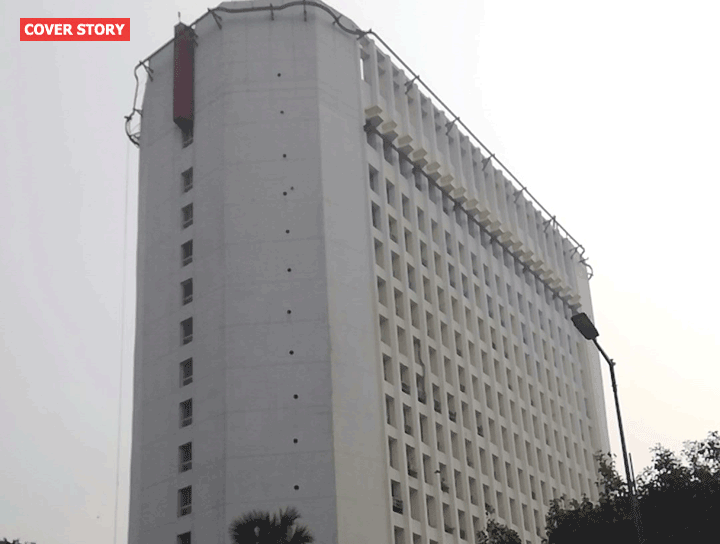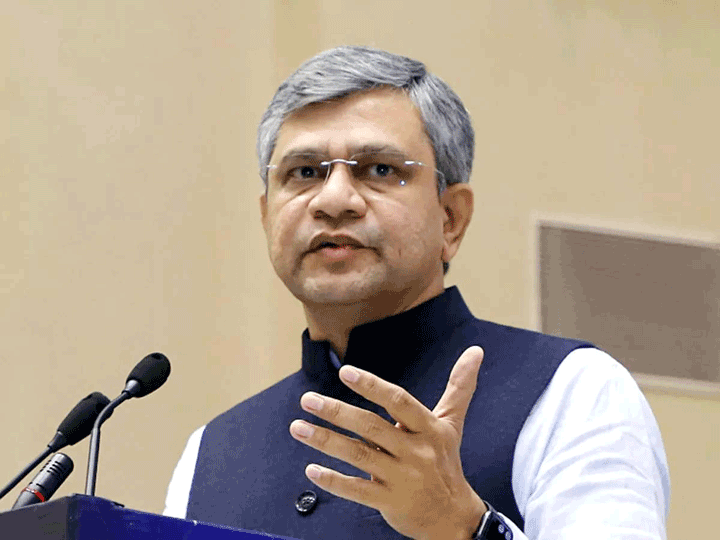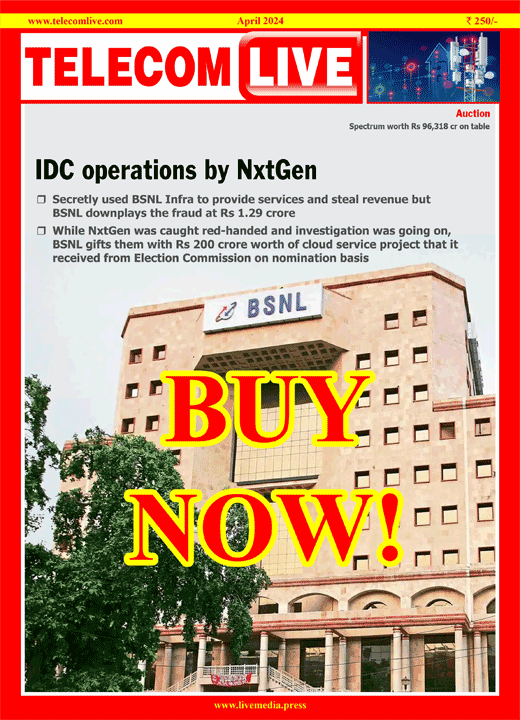Mobile data speeds back to pre-lockdown levels
The frequent lag in streaming movies on your phone soon after the pandemic struck is probably a thing of the past. Mobile data download speeds, which fell almost by 21% (national average) compared to pre-Covid levels in the first week of April (soon after the lockdown commenced), got back to the earlier levels in mid-July, and are also up marginally in August.
However, the overall download experience during the lockdown has differed across locations. The dip in speeds was more pronounced in tier-2 and tier-3 cities, where telecom operators do not have sufficient network infrastructure, as many people returned home from larger cities.
Urban users saw average download speeds dip by 16% during March 30-April 12, while users in tier-2 and -3 cities saw greater declines of 25% and 23% respectively, a study of data speeds between March 23 and August 2 by research firm OpenSignal showed.
The download speed slowed by just 9% in Delhi and 3% in Hyderabad and Bengaluru between April 6 and 12, but in Nashik, Solapur, Surat and Faridabad, speeds fell by 30%, 34%, 27% and 22% respectively.
“With shifts in user behaviour during the lockdown, the average speeds started falling during non-peak hours, bringing down overall speeds,” the study notes.
Operators may have also taken pre-emptive measures to reduce risk of outages by reducing maximum speeds, it added. As telcos augmented capacities, the national average speed rose 1% above pre-Covid times during July 27-August 2. The largest increases were seen in Delhi (35%), Mumbai (33%), and Chennai (31%).
“Relatively fewer numbers of users were connecting to mobile data services in the larger cities, generating less demand, and thus underutilising the network infrastructure,” the study noted.
Though network speeds also improved in tier-2 and -3 cities, places like Dhanbad, Kanpur and Solapur still continue to face 21%, 13% and 14% dip in download speeds. “The consumption of mobile internet in the initial days (of the lockdown) was chaotic, and did not follow any routine. As time progresses, people are getting into a digital discipline thus reducing and streamlining traffic on networks,” consulting firm techArc’s founder Faisal Kawoosa said.
Cellular Operators Association of India (COAI) director general S P Kochhar said telcos ensured realignment of networks from commercial areas to enhance capacities for residential and rural areas to support data-driven services like WFH and online education.
“An upsurge in demand for more bandwidth is being monitored and met at present by a robust backup and redundancy feature inbuilt in the operators’ network systems as part of the SOP,” he said. Operators also engaged with authorities to allow permission for laying fibre networks, he added.











